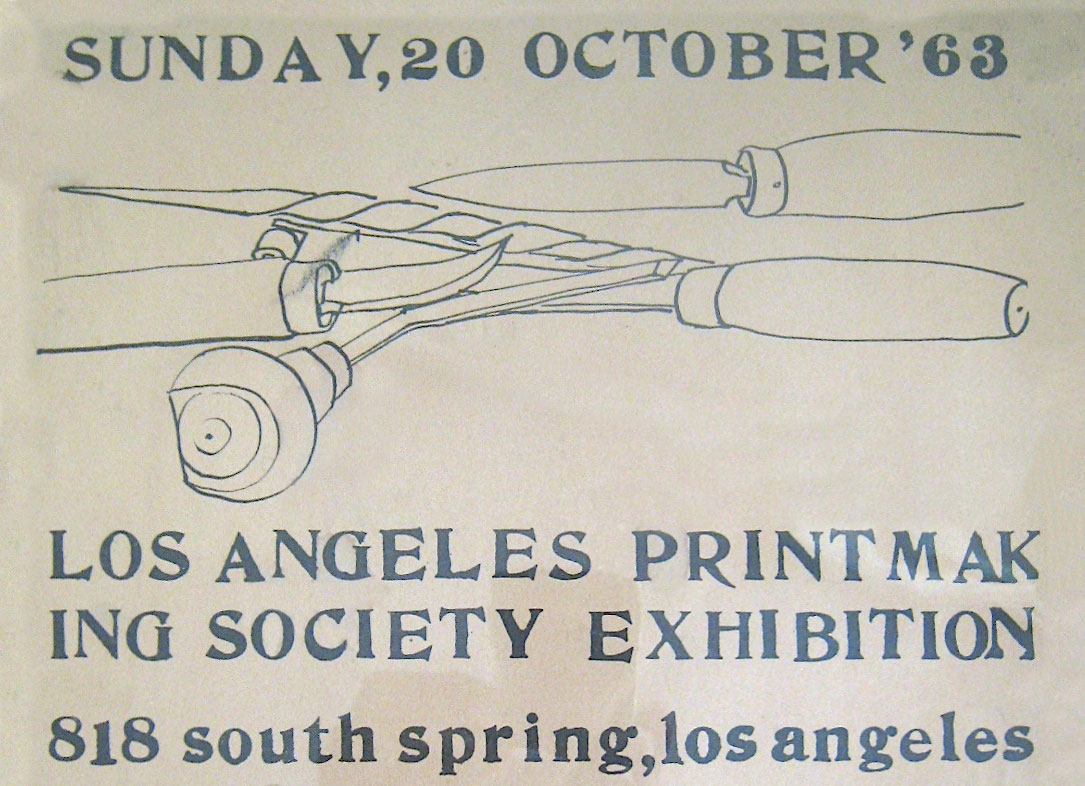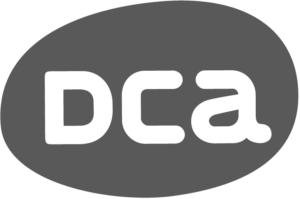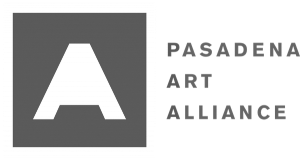

In his Los Angeles Times report on the 1963 establishment of the Los Angeles Printmaking Society (LAPS), critic Art Seidenbaum made the following assessment: “Whether for reasons of natural or creative climate, we have more fine printmakers among us than anywhere else in the country. And it is these artists who have done the most to make American prints respectable and world-respected.” This comment is evidence of the broader cultural moment out of which LAPS emerged, and the degree to which printmaking aided in shaping Los Angeles’s reputation as a center of creative innovation.
For the first time in modern art history, the city’s star was on the rise due in large part to a confluence of factors related to its explosive postwar population and economic growth. Students studying art on the GI Bill flocked to California’s art schools, which were garnering increased attention for their experimental approaches to art education.
A number of artists, including LAPS co-founders Connor Everts and Paul Darrow, who had settled in Southern California after serving in World War II, taught art in colleges across the region after completing their own courses of study. Though Darrow and Everts ran and exhibited in the same artistic circles, prior to 1962 the two had never met; the desire to be part of a printmaking community was at the heart of their endeavor, along with the belief that as a group printmakers would be better able to promote and elevate the reputation of the medium in Los Angeles and beyond. With the support of Ken Ross of the Los Angeles Arts Commission, and Ebria Feinblatt, founder and first curator of the Los Angeles County Museum of Art’s prints and drawings department, they created a cooperative nonprofit organization, run by artists for artists.
On two donated floors of a downtown office building, LAPS installed three presses and operated a gallery where they mounted exhibitions of work by member artists. Some of the earliest invited members included Walter Askin, Lee Chesney, Leonard Edmondson, Ernest Freed, John Paul Jones, Betye Saar, Dick Swift, and June Wayne.
LAPS’s approach to the revitalization of fine art printing was no doubt informed by the cultural revolutions and civil rights struggles unfolding across 1960s America. Calls for consciousness-raising, self-determination, as well as personal and political liberation quickly permeated Los Angeles’s art community, and artists often used their work as platforms for social change.
Everts, described by Seidenbaum in the Los Angeles Times as “a Bohemian with a cause,” became a galvanizing force for freedom of expression when he was charged with obscenity in response to imagery created for his 1964 exhibition, Studies in Desperation, at Zora Gallery.
Championing experimentation in printmaking remains a defining feature of LAPS. The Society continues to emphasize print processes as opportunities for innovation; catalysts that push artistic practice into new expressive realms. As curator Leah Lehmbeck has written, “LAPS was not made up of just printmakers, as most of the traditional printmaking societies had been, but of artists who had simply added printmaking to their repertoire of art-making techniques.”
LAPS, like its peer organizations Gemini G.E.L. and the Tamarind Lithography Workshop, also encouraged a collaborative workshop environment—a deviation from previous operational models that would have a tremendous impact on avant-garde printmaking for decades to come. These printshops, along with LAPS and the generations of master printers trained within them, continue the experimental legacies begun in the 1960s, supporting the diverse populations of artists that call Los Angeles home.
Jordan Karney Chaim is an independent art historian based in San Diego. She holds a PhD from Boston University. Her current work examines the intersections of art and community, focusing on emerging artists and institutional histories in the United States. In addition to Hyperallergic, her most recent work can be found in East of Borneo and HereIn Journal, where she also servesas Contributing Editor.















